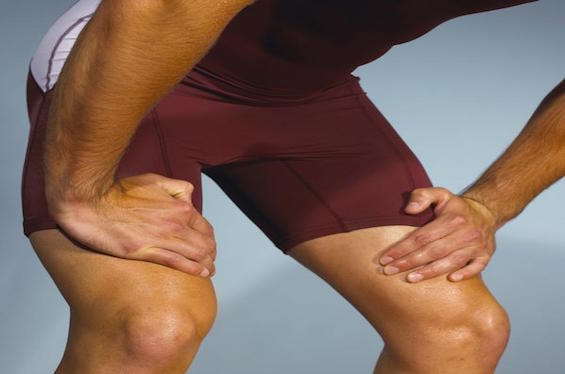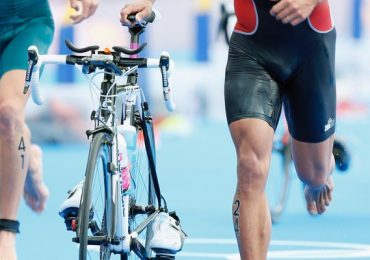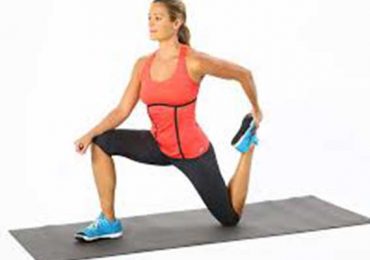Knee pain.
One of the most common over-use injuries to the knee is patellofemoral pain. It can also be aggravated by walking, stair climbing or even just in sitting for a long time. Typically patients report pain around the knee cap or under it. It is one of the most common lower extremity injuries and is prevalent in the physically active population. Clinical studies show that this injury can be caused by weak hip and pelvic stabilizing muscles and also poor foot mechanics, such as too much pronation.
When the hip muscles are weak the upper thigh can rotate inwards and move towards the mid-line of the body, so it appears as if the leg is collapsing inwardly under the pelvis. The muscles that are weak are the gluteals and core abdominal muscles.
In the clinic, we find that this scenario occurs with over-use of the quadriceps muscle to stabilize the hip which results in tight, over-active quads and adds to the irritation of the knee cap.
When the hip and upper leg fall inwards it creates mechanical problems at the knee. The knee joint is pulled out of its alignment and the cartilage underneath becomes irritated and painful.
When we use the single leg squat test, we also sometimes see the foot falling into pronation together with the hip falling inwards. When the gluteal muscles are cued to correct the hip, the foot pronation is lessened. Clinical studies show that patellofemoral pain can also be caused by excessive foot pronation.
Clinical studies have also demonstrated that the preferred treatment is a physiotherapy program that addresses all the mechanical factors that contribute to this kind of knee pain. Exercises should be provided for all the weak muscles in the chain, including the hip, knee, foot and trunk.
The Pilates4Physio approach to this condition is ideal for increasing the strength of the hip, knee and foot muscles, but more importantly the coordination of these muscles. It is important to strengthen weak individual musles and also all the muscles as a group, in functional patterns. The reformer and stability chair exercises allow the hip, knee and foot to work in a coordinated pattern.
Simple home exercises that focus on the gluteal muscles are side-stepping and the clam shell. It is important to progress to weight bearing exercises that focus on the coordination of the hip knee and foot. By focusing on the stability above and below the knee the mechanics of the joint will improve and knee pain will resolve.
Clam Shell:
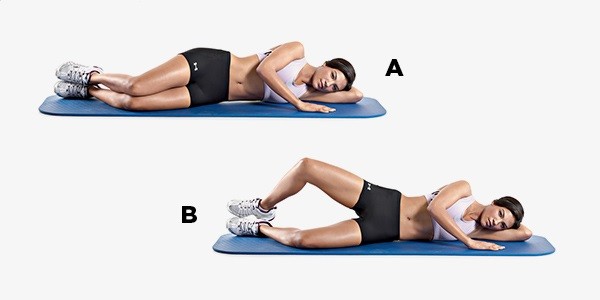
In this exercise the target muscle is the gluteus medius, an important stabilizer of the hip. The top leg rotates upwards without the pelvis or lower back moving. It is important to engage your deep lower abdominals at the same time. Do 15 repetitions.
2. Side stepping:
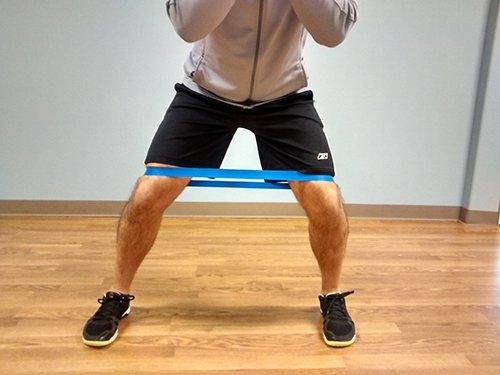
In this exercise the focus is to keep the knees pointing outwards. This works all the gluteal muscles together. You want to avoid the upper thighs collapsing inwards. Do 10 steps in one direction then reverse the direction.
When the knee pain is reduced the exercises can be progressed to simple daily functional patterns such as squatting and lunging or sport specific exercises. As with most injuries it is best to have a physiotherapy program that is based on your biomechanics. If you have any questions email info@pilates4physio.ca

